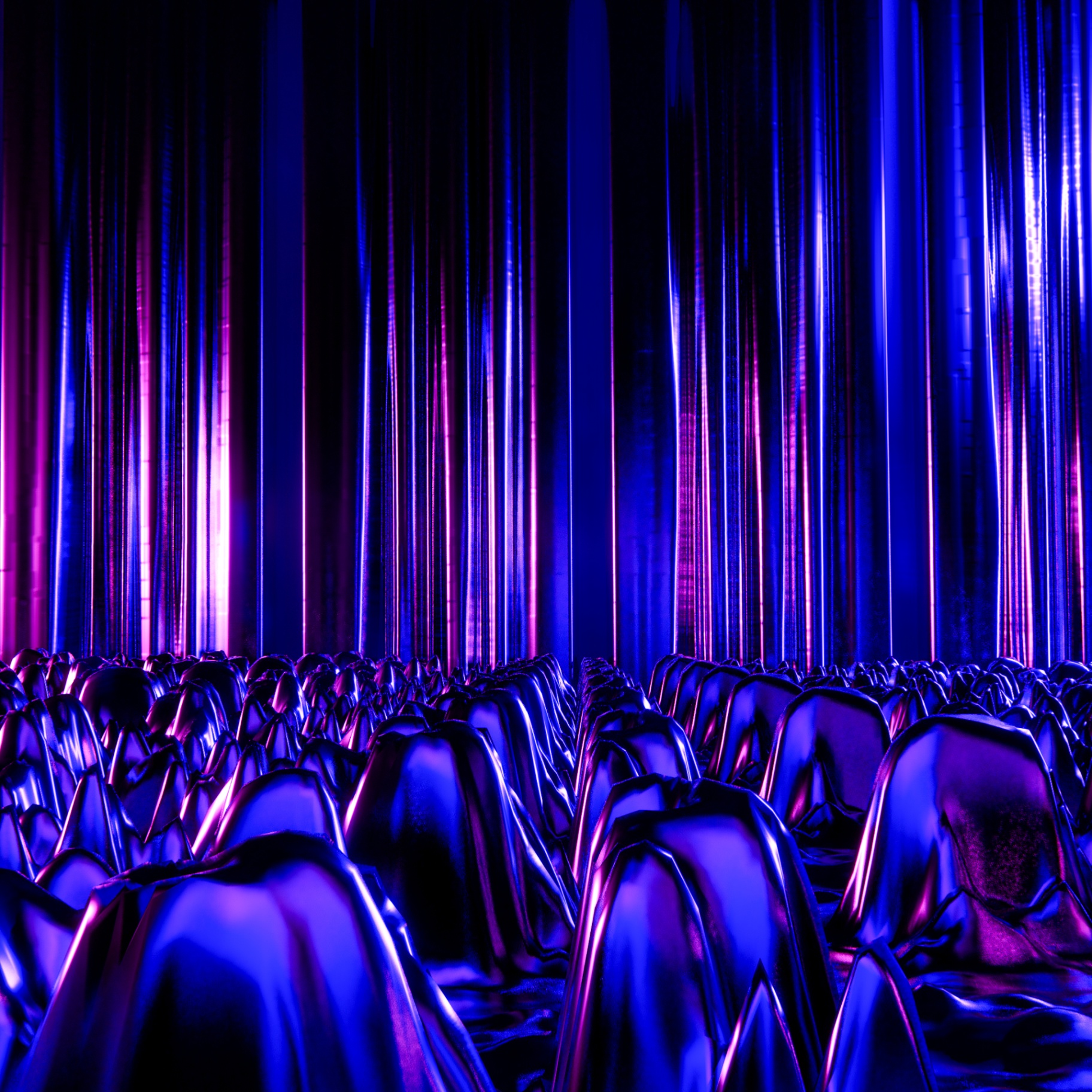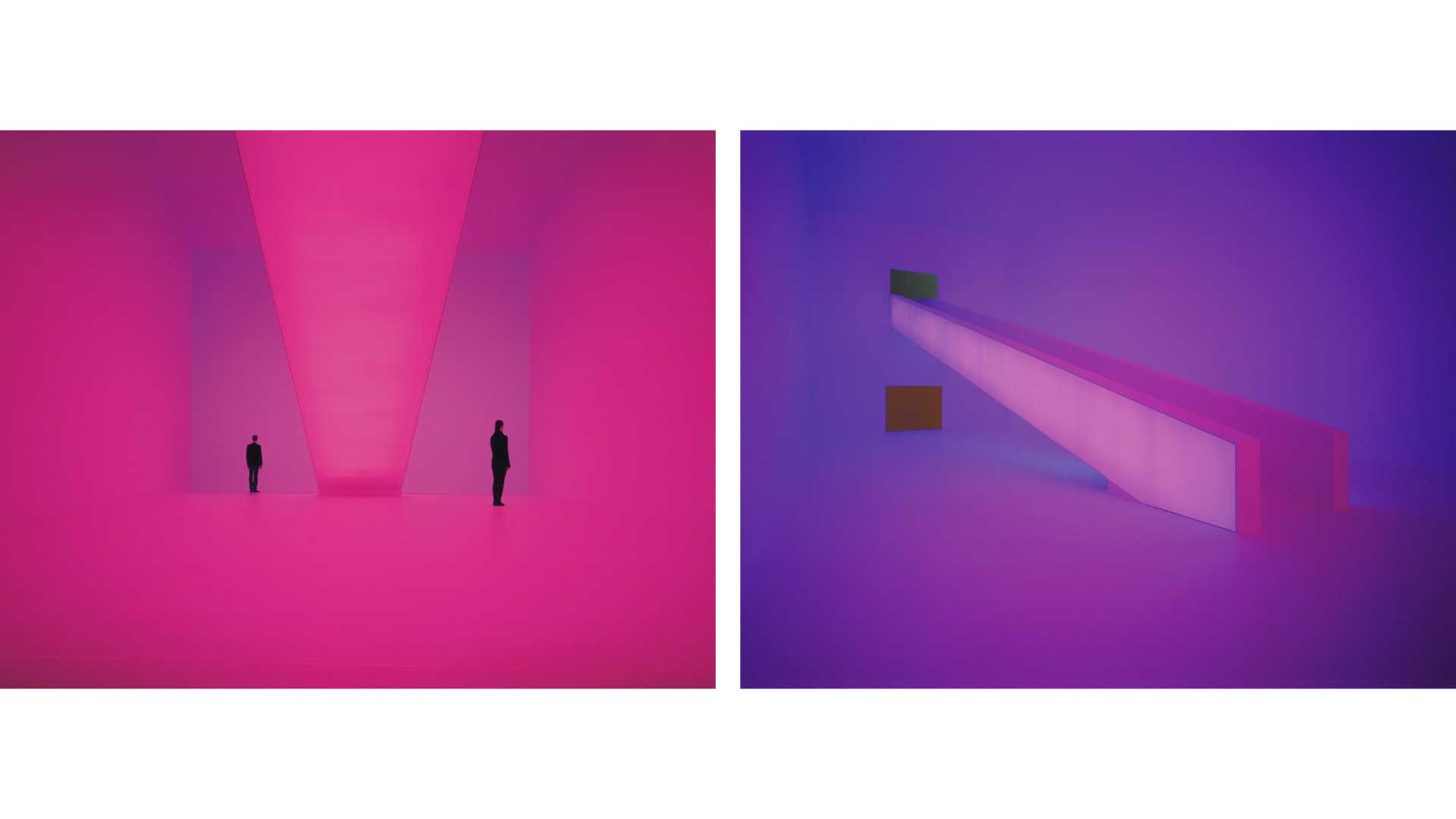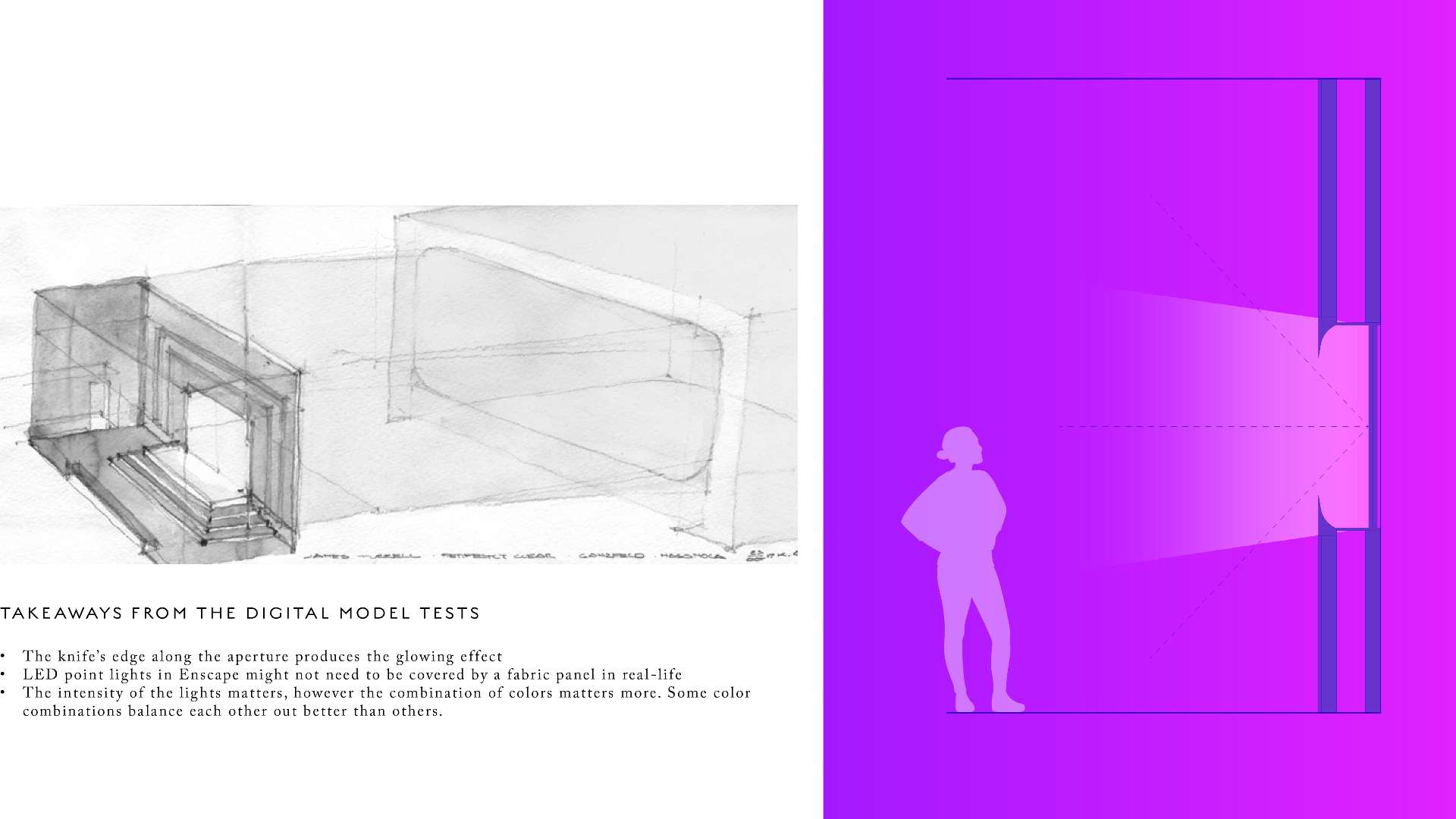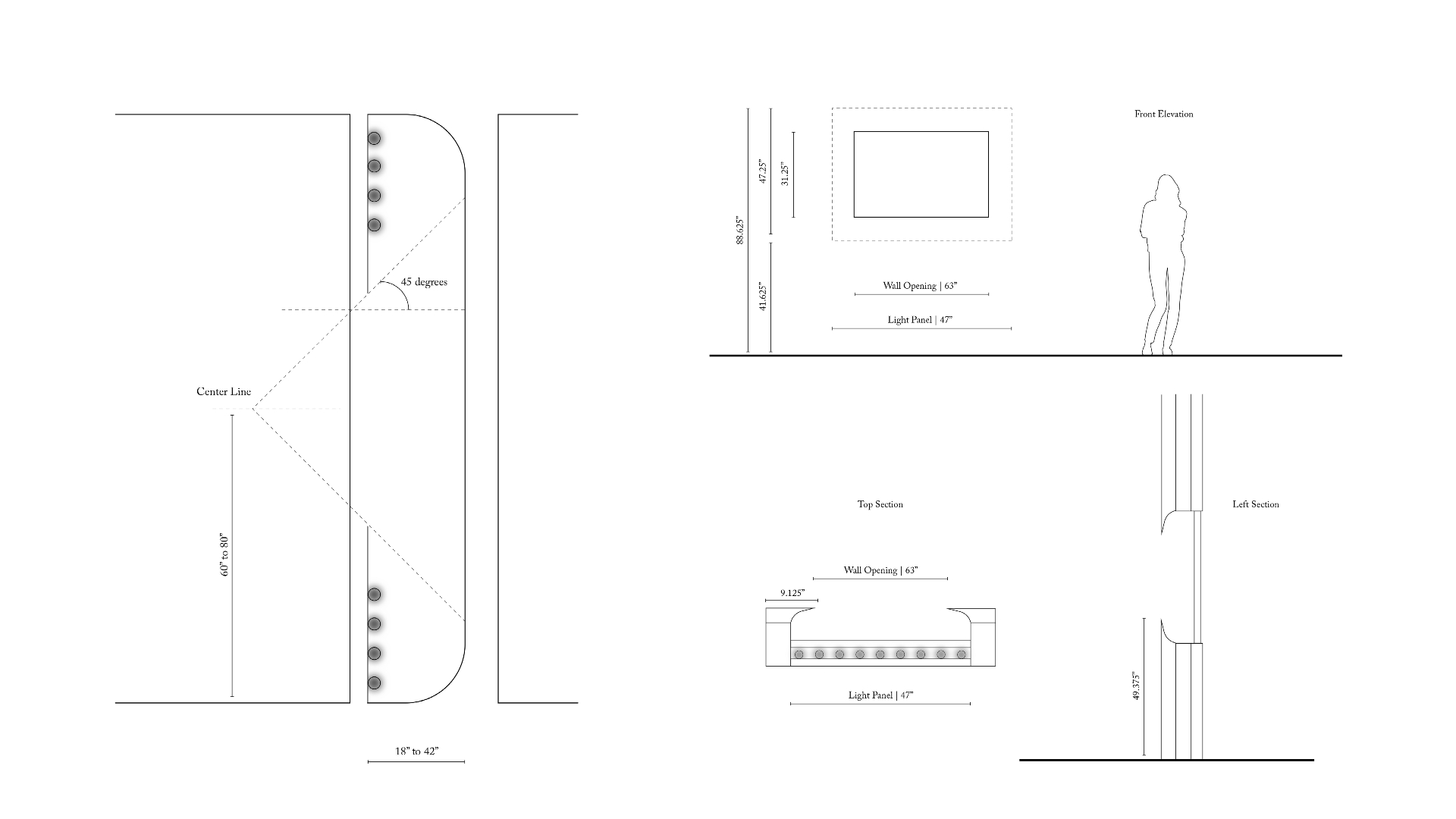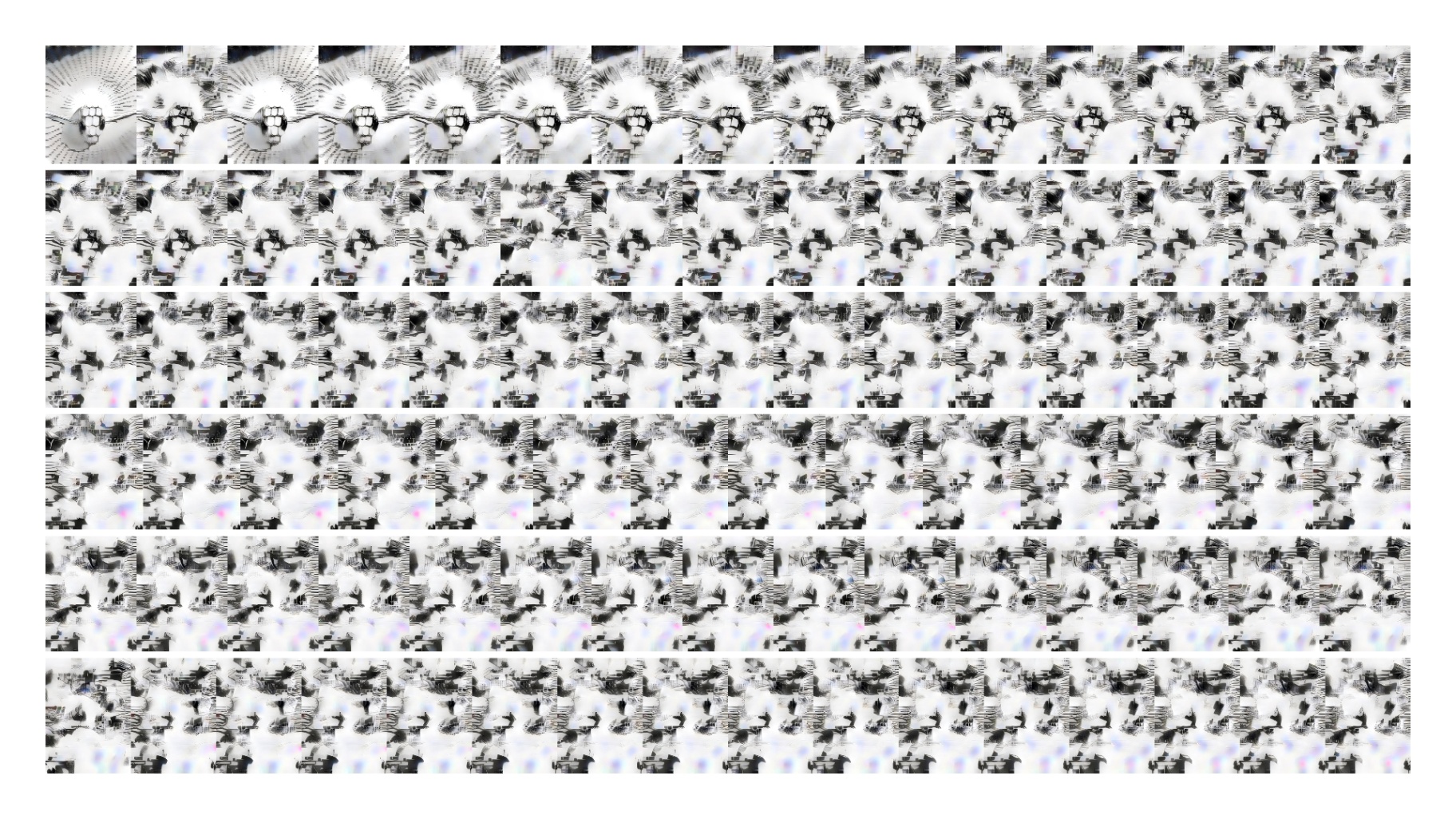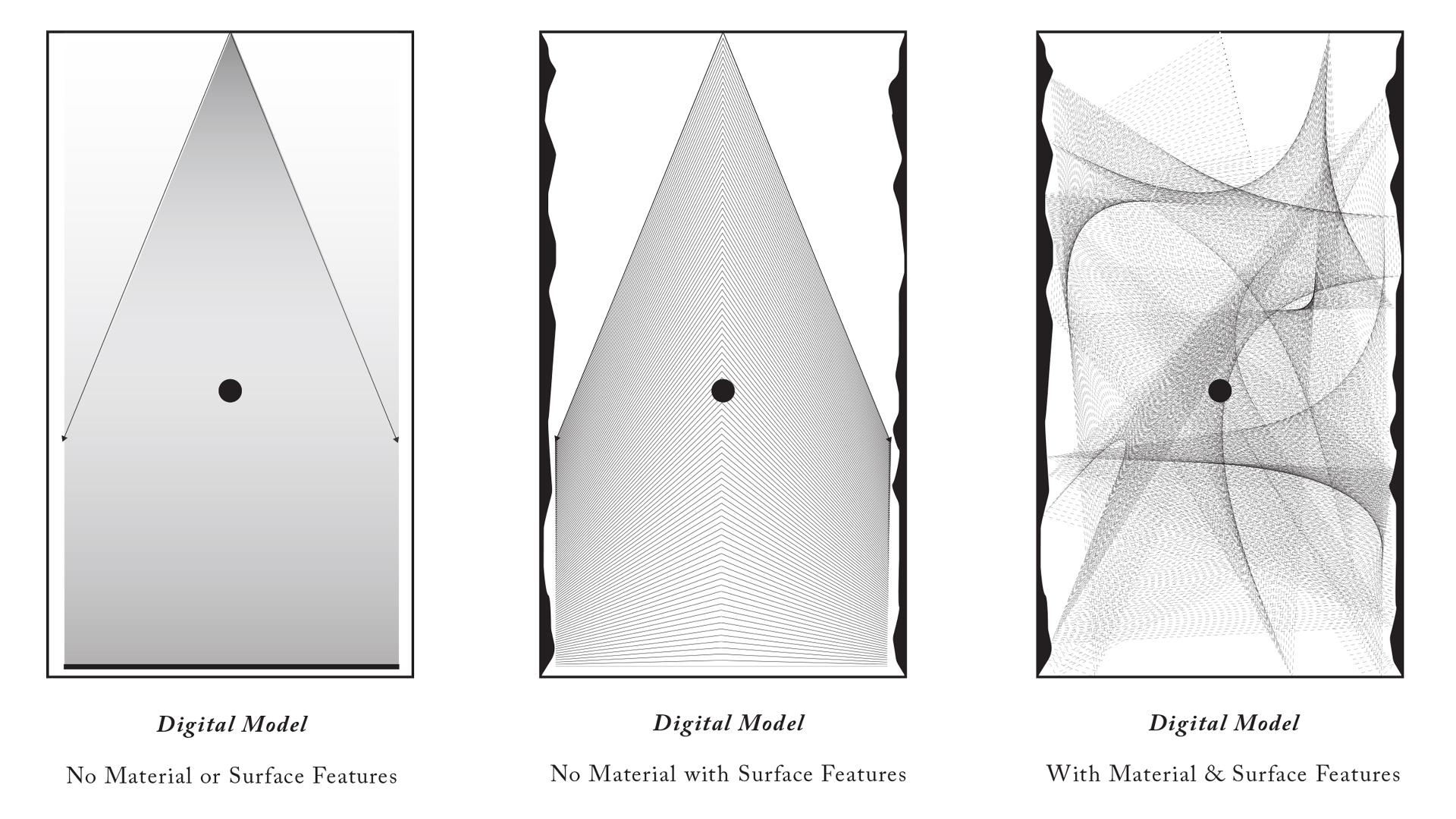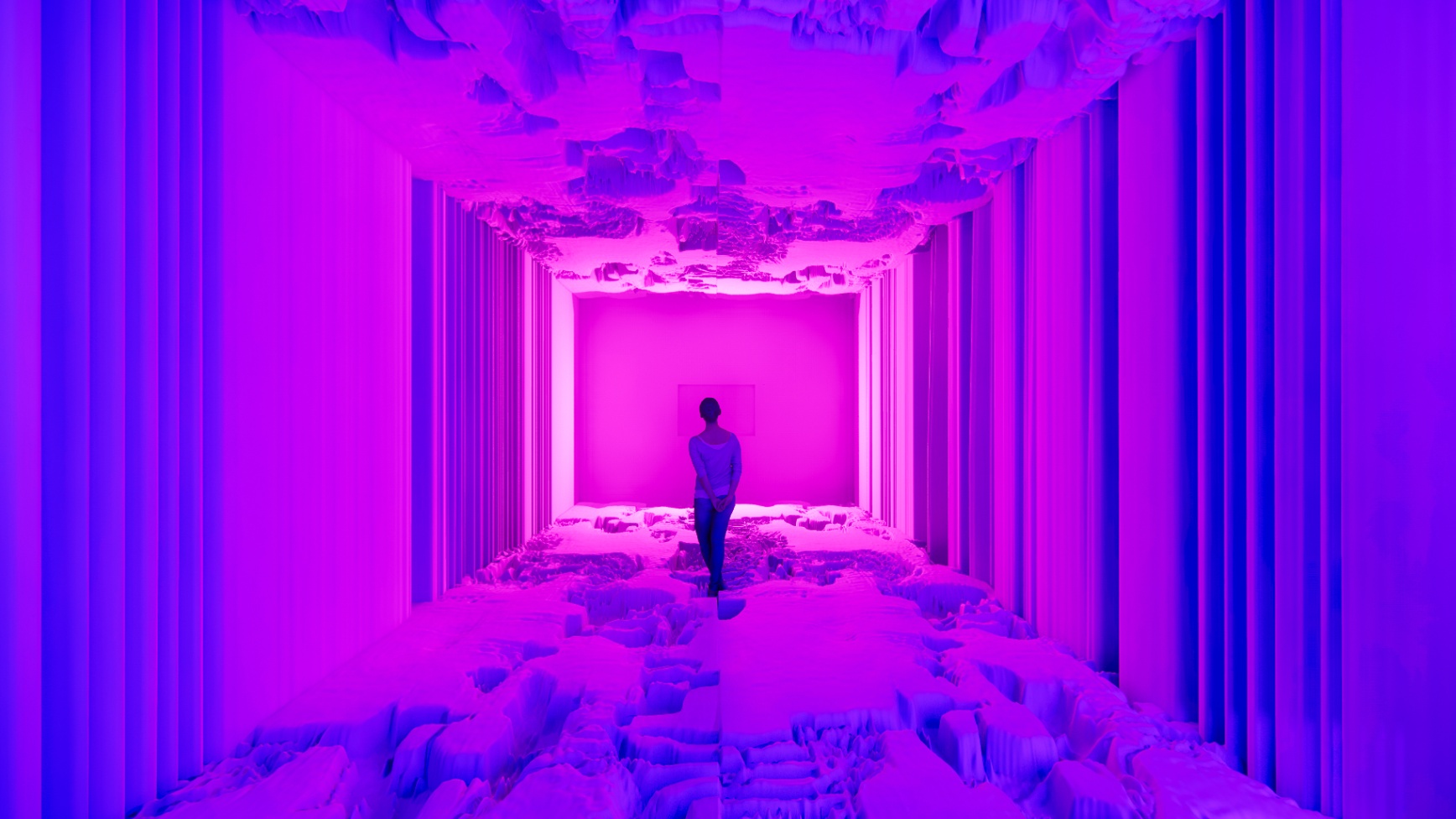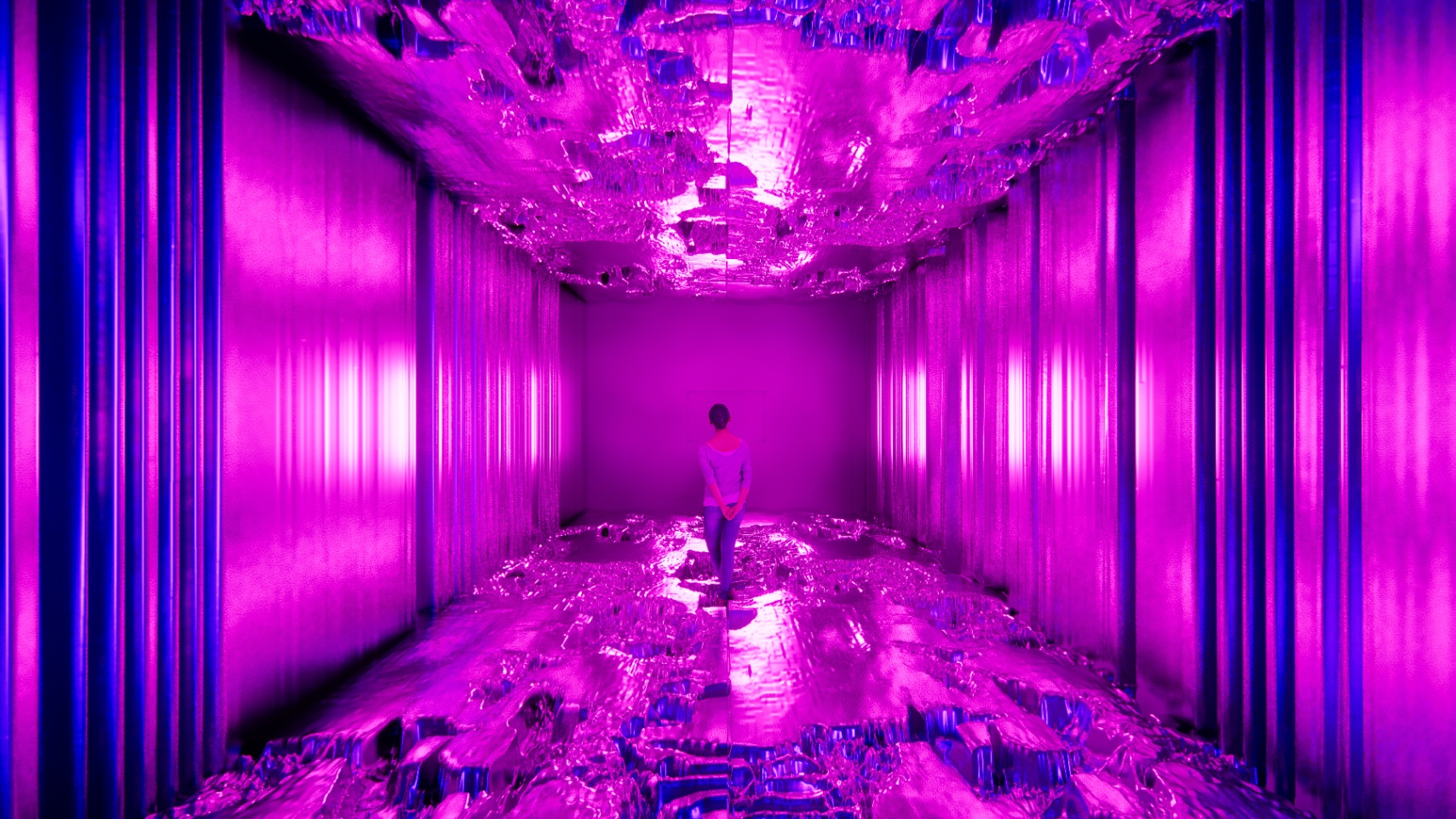Back
AI Dreams: Space Exploration Through Light, AI, & Material Effects
Year: 2021
Category: Interior Design
Skills: Python (Programming Language), StyleGAN, Neural Network, Rhino, Illustrator, Photoshop, Grasshopper, Physical Model
In Fall 2021, AI Dreams began from a fascination with James Turrell’s Ganzfeld. The ephemeral light installation was rooted in the Ganzfeld Effect, a neurological theory proposing that visual and audio sensory deprivation causes spatial hallucinations. Humans are wired to understand their surroundings through the input of physical barriers. The Ganzfeld Effect is the absence of these barriers. Without visual markers our brain fills in the gaps, causing hallucinations of objects and space. Within Turrell’s light filled rooms there are no features — corners are smooth, the room is sound insulated, and patrons are encouraged to remain in the exhibit for at least six minutes, the amount of time needed to experience Ganzfeld. Though AI Dreams was inspired by the absence of stimulation, the project produced the antithesis of Turrell’s feature-less rooms.
Through the exploration of training a StyleGAN, the ephemeral and dreamlike qualities surfaced in a different way. Again, without features within the images that were fed into and produced by the StyleGAN, the AI script created physical features without context. This method of recursion generated completely unexpected surface treatments that produced an AI-generated space. I began this process by studying existing drawings of Turrell's Ganzfeld. Through the published sketches, images of exhibits, and trial and error in using a physical model, I recreated a very small version of the LED gradient effect seen in Turrell's work. The model was a quick study to understand the color theory and placement of LED lights to create a smooth gradients seen in Ganzfeld. I used insights from the making process to model and further test the interior space in Rhino.
The turning point of the project was creating a recursion loop using a StyleGAN. For a brief overview, a GAN (generative adversarial network) is a type of generative model. Its goal is to take a small piece of information and produce a complex output. Put simply, its a generative model that creates something new. To train a successful GAN there needs to be two sub-models: a generator model that creates something, and a discriminator model that checks the “real-ness” of the created thing. Typically this approach is used to generate a single image given a style reference and a structural reference. However, in AI Dreams the output is reintroduced as secondary input repeatedly - a recursion loop. A later test produced the following sequence showing progressive changes as the model was trained.
Later in the experiment, I tested a hypothesis that a recursion loop within a StyleGAN creates new objects. The test used images of color and no features: cyan as content and magenta as style. I looped the inputs and outputs, and after image 50 the network produced new form. This result drew parallels between Ganzfeld and AI Dreams, both of which "saw" features previously not there.
The final result is an interior space that blends the Ganzfeld LED lights with material and surface effects produced from StyleGAN explorations. This research has continued into a years long exploration of projects that lie in the intersection of spatial design, artificial intelligence, and human-computer interactions. I hope this continued research speaks to the growing role of AI in our lives and the need for designers and engineers to consider its creative possibilities.
Kait Reynolds
More by Kait Reynolds
View profile